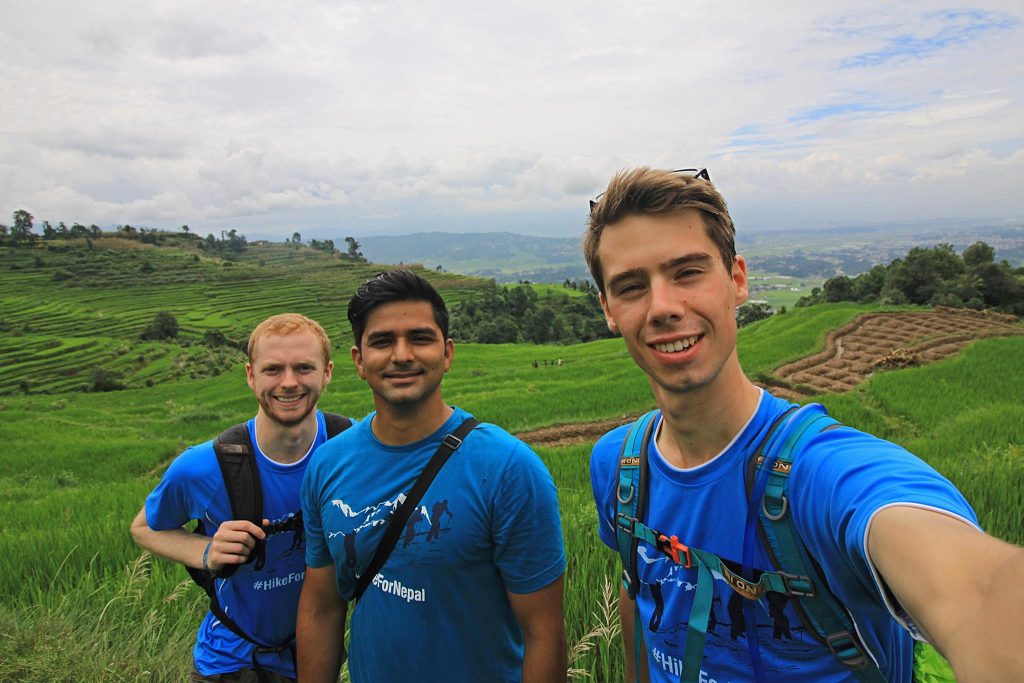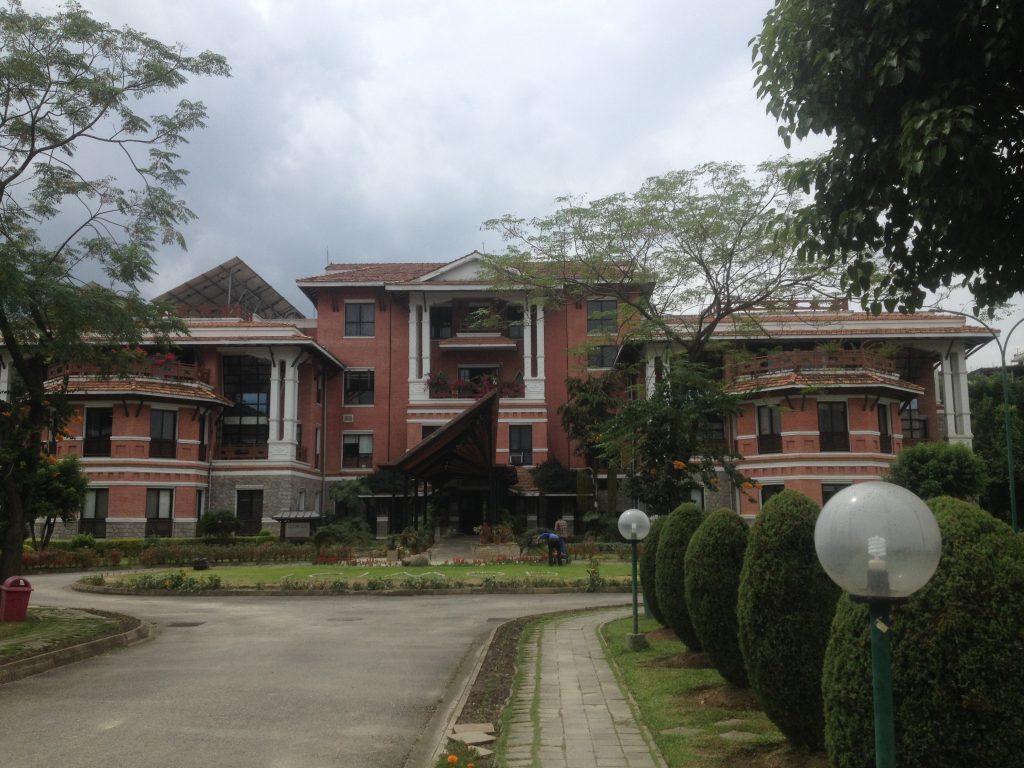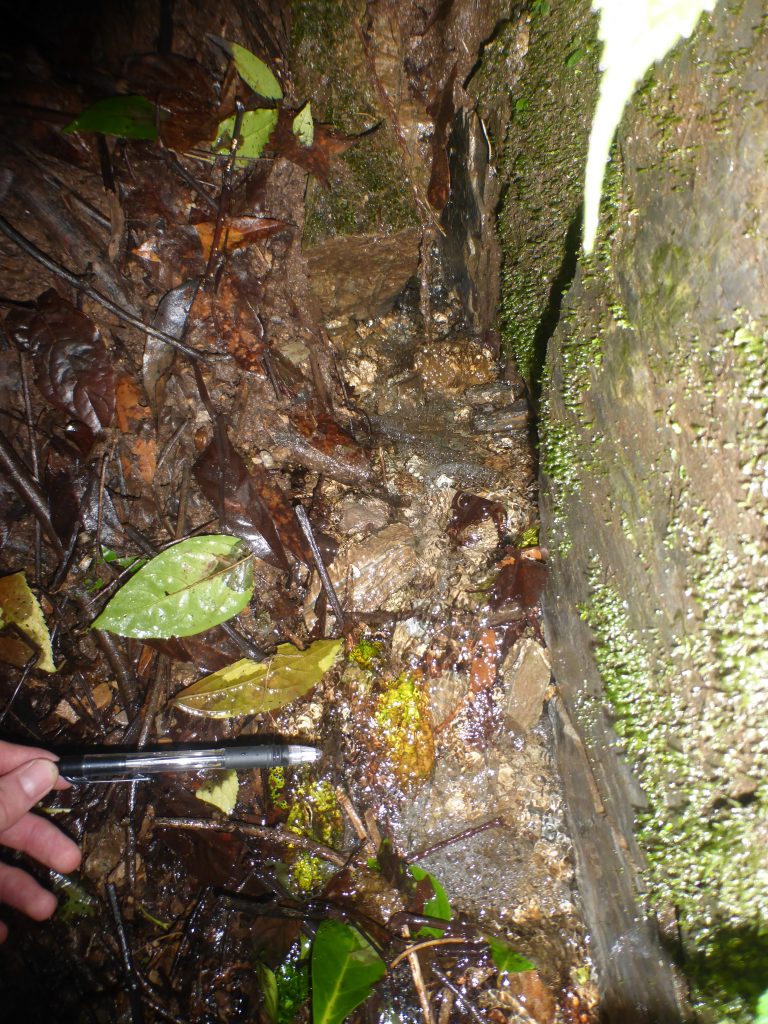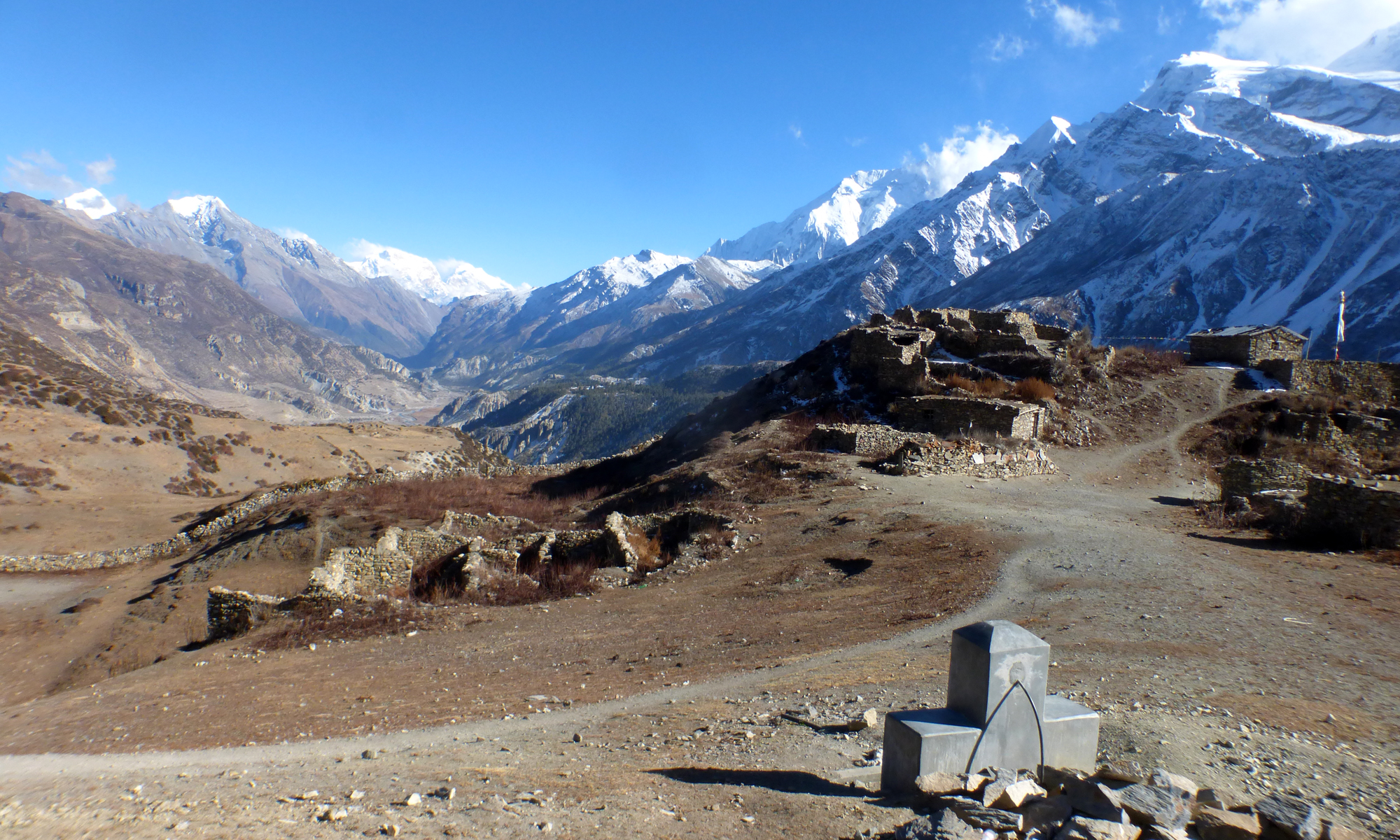The Earth is a very blue planet, with almost three quarters of the surface covered in water. It seems perverse, then, that there should ever be water shortages. However, only 4% of Earth’s water is freshwater, and there are seven billion people dependent on this resource for domestic, agricultural and industrial use. Hence, the apparent oxymoron: the Blue Planet has serious water issues.
The field of hydrogeology is one not greatly studied within Cambridge Earth Sciences. However, it is a subject of increasing global importance in the 21st century. As rainfall patterns become less predictable and populations increase, we are increasingly reliant on our ‘backup supply’ of water: groundwater, stored in the pore spaces within rocks, and hidden beneath our feet.

Two months after graduation, and armed with little more knowledge of hydrogeology than that in the preceding paragraph, I embarked on an internship as a hydrogeologist with the International Centre for Mountain Development (ICIMOD). The internship was organised by Camvol, a Cambridge-based organisation which sends students on development placements in India and Nepal, with an emphasis on finding placements which are tailored both to the skills of the student and the requirements of the host organisation.

On arrival at ICIMOD, I was reassured that my lack of training in hydrogeology would not be a problem. All that was required was basic geological training and enthusiasm. That was just as well, as those are skills which the Cambridge Earth Sciences undergraduate programme provides by the bucketload. The problem at hand was the drying of springs in the Nepal Himalayas, caused by falling groundwater levels. The solution, which I was to work on, was careful mapping of the springs’ geology, in order to better understand the infiltration of water from surface to spring, and thus help with their recharge.

Like all good ‘solutions’, this solution was actually the start of a long list of further problems, including vast quantities of schist that looked like phyllite (and vice verca), bloodthirsty leeches and terrifying spiders, and the occasional pencil dropped deep in the jungle. This notwithstanding, what followed was a memorable three month period divided between the office and the field, in which I was able to help with both producing a geological map of a study area, and with monitoring the effectiveness of the spring revival work undertaken.

The main field site I visited was in Godawari, a limestone area near to Kathmandu. Here ICIMOD is carefully monitoring the discharge of mountain springs, since no data of this kind yet exists. The reports which come from those who use the springs everyday is that the springs no longer provide water throughout the dry season in the way they have in the past. This can be attributed to changing rainfall patterns, such that rain is more intense and less frequent than in the past, and changing landuse, with forest being converted to urban or agricultural land. Both factors reduce the effectiveness with which rainwater percolates through the soil, hence preventing the recharge of groundwater.
For me, the most lasting impact of my work in Nepal is a new awareness of the seriousness of water scarcity, and an awareness of how this problem will only grow worse over the coming decades. The problem is not unique to Nepal: it is apparent across the world, particularly in regions with distinct wet and dry seasons. Even now, the news is filled with stories of how Cape Town has almost run out of water. Geologists have a major role to play in our response to water stress, and improved knowledge of groundwater systems will help us in developing sustainable water practices to cope with increased demand and ever-more erratic rainfall.
Matt Lees Research Assistant


